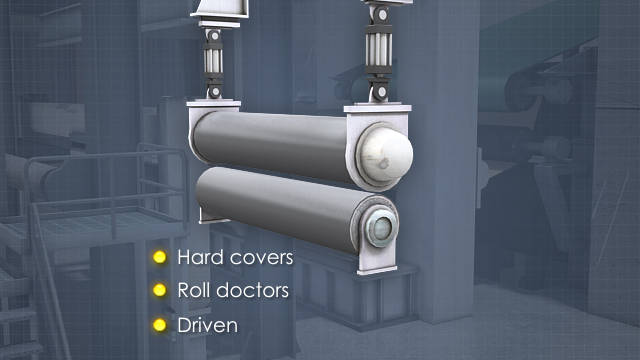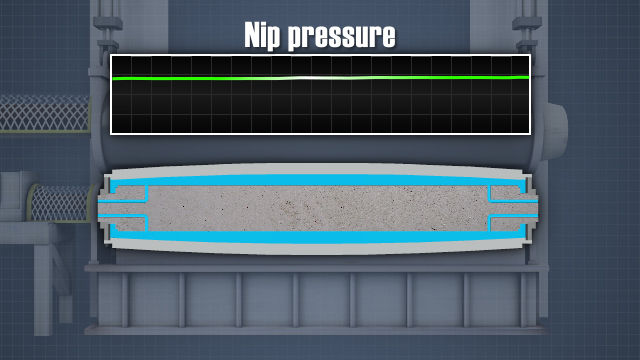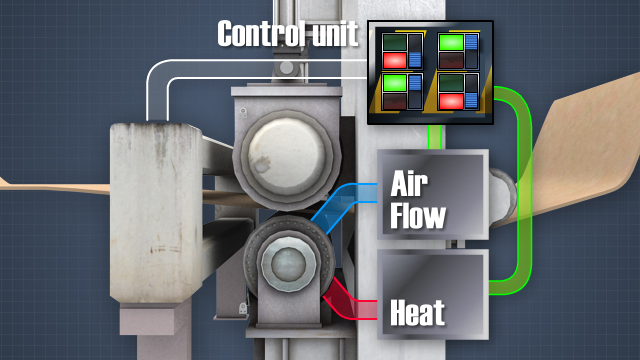




Calendering – Hard Nip
Hard nip calendering is used to smooth the surface and control the caliper or thickness of the sheet before it is wound onto a reel. Some sheet compaction or pressing also occurs. At the end of this module, you will be able to describe the purpose of hard nip calendering and describe the main components of a hard nip calender.
Request a demoCourse Details
Learning Objectives
• Describe the purpose of hard nip calendaring • Identify sheet and calender operating variables that affect calendering • Describe the differences between single-nip and multi-nip calender stacks • Identify the safety hazards associated with calender stacks • Identify and describe the main components of a hard nip calender • Explain how roll deflection can be used to control the caliper profile of the sheet • Explain how zone profiling can be used to adjust the caliper profile of the sheet
Specs
| Course Level | Intermediate |
| Languages | English, Portuguese, French, Polish, Russian |
| Compatibility | Audio, Video |
| Based on: | Industry Standards and Best Practices |
Key Questions
Why are multi-nip calender stacks with 3 or more rolls used on some paper grades?
Multi-nip calender stacks are used in the production of smooth, high gloss paper grades, like magazine paper.
What is a “queen roll”? What is a “king roll”?
In single-nip calender stacks, the top roll is called the “queen roll” and the bottom roll is called the “king roll.” In multi-nip stacks, the “king roll” is at the bottom and the next roll up+G186 is often called the “”queen roll.””
What adjustment can be made at the calender stack to “fix” soft edges at the reel without changing the nip load?
Soft edges at the reel indicate low caliper at the edges. If one of the calender rolls is a variable crown or controlled crown (CC) roll, increasing the roll deflection will increase the caliper at both edges without changing the overall nip load.
What if only one edge is soft?
If only one of the edges of the reel is soft, there are two options: either decrease the load on that edge, or decrease the load on the other edge AND decrease the roll deflection in the variable crown or controlled crown (CC) roll.
What is “zone profiling”?
Zone profiling works by deforming one of the calender rolls (often the king roll) to adjust the nip pressure at multiple cross-machine positions. The localized nip pressure variation is achieved by increasing or decreasing the diameter of the “zone-controlled roll.”” Hot or cold air and nozzles, or induction heaters, can be used to heat or cool the zones and change the roll diameter by zone.
Sample Video Transcript
On single-nip calenders, operators typically have control of three parameters to adjust nip pressure profiles: the front load, back load, and crown deflection. The front and back loads create the overall nip load, while the crown deflection affects the nip pressure profile. These three parameters can be used to control the caliper profile of the sheet as follows. If both edges are soft at the reel because the caliper is low on the edges, increasing the roll deflection will increase the caliper at both edges without changing the overall nip load. Conversely, if both edges are hard, the roll deflection can be reduced.
Demos + Pricing
Learn more about our courses, get pricing, and see our platform.











